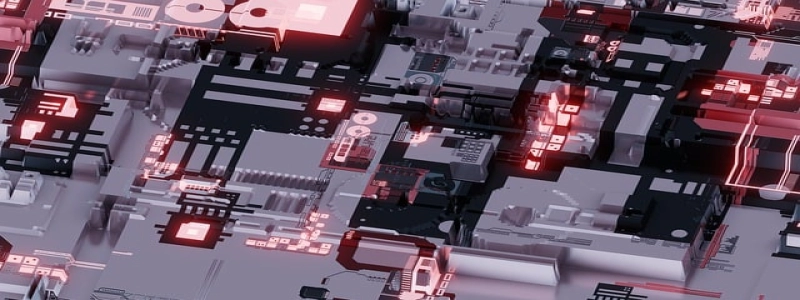Fiber Optic Cable Termination
Introduction:
Fiber optic cable termination is a critical process in the installation and maintenance of fiber optic networks. It refers to the procedure of connecting the ends of fiber optic cables to various devices such as connectors, splices, or other fiber optic equipment. Termination plays a crucial role in ensuring efficient and reliable transmission of data through fiber optic cables. This article will provide a detailed explanation of the process of fiber optic cable termination.
je. Importance of Fiber Optic Cable Termination:
1.1. Reliable Data Transmission:
Proper termination ensures a secure connection between the fiber optic cable and other fiber optic equipment. It minimizes signal loss, maintains signal integrity, and promotes efficient data transmission.
1.2. Prevents Signal Disturbances:
By terminating the fiber optic cable correctly, potential signal disturbances, such as reflections and backscattering, can be eliminated or minimized. These disturbances can degrade the signal quality and affect the overall performance of the network.
1.3. Protection against Environmental Factors:
Termination provides protection against environmental factors like moisture, dust, and other contaminants. It ensures that the fiber optic cable remains intact and maintains its performance even in harsh conditions.
II. Tools and Equipment Required for Termination:
2.1. Fiber Optic Cable:
The primary material required for termination is the fiber optic cable itself. It is essential to choose a suitable cable based on the network requirements, whether it is single-mode or multi-mode.
2.2. Fiber Optic Connectors:
Connectors are used to create a secure and removable connection between the fiber optic cable and other devices. Commonly used connectors include SC, CL, and ST connectors.
2.3. Fiber Optic Splices:
Splices are used to permanently join two fiber optic cables together. They are necessary when extending the length of a cable or repairing a damaged cable. Fusion splicing and mechanical splicing are the two methods commonly used.
2.4. Fiber Optic Cleaver:
A fiber optic cleaver is used to precisely cut the fiber optic cable before termination. It ensures a clean and accurate termination, reducing the chances of signal loss.
III. Procedure for Fiber Optic Cable Termination:
3.1. Cable Preparation:
Start by stripping the outer jacket of the fiber optic cable using a cable stripper. This exposes the individual fiber strands.
3.2. Fiber Strand Preparation:
Suivant, clean the fiber strands using lint-free wipes and isopropyl alcohol. This removes any dirt or contaminants that may affect the termination process.
3.3. Fiber Cleaving:
Using a fiber optic cleaver, cleave the fiber strands at a precise angle and length. This ensures a clean and smooth termination.
3.4. Connector/Splice Attachment:
Connectors or splices can be attached to the fiber strands according to the network requirements. In the case of connectors, following the manufacturer’s guidelines is essential to ensure proper attachment.
3.5. Final Testing:
Once the termination is complete, it is crucial to test the integrity and performance of the terminated fiber optic cable. This can be done using an OTDR (Optical Time Domain Reflectometer) or other testing equipment.
Conclusion:
Fiber optic cable termination is a crucial process in the installation and maintenance of fiber optic networks. It ensures reliable transmission of data, prevents signal disturbances, and protects against environmental factors. By following the correct tools and equipment and adhering to the termination procedure, a clean and efficient termination can be achieved. Proper termination is essential for a high-performance fiber optic network.








